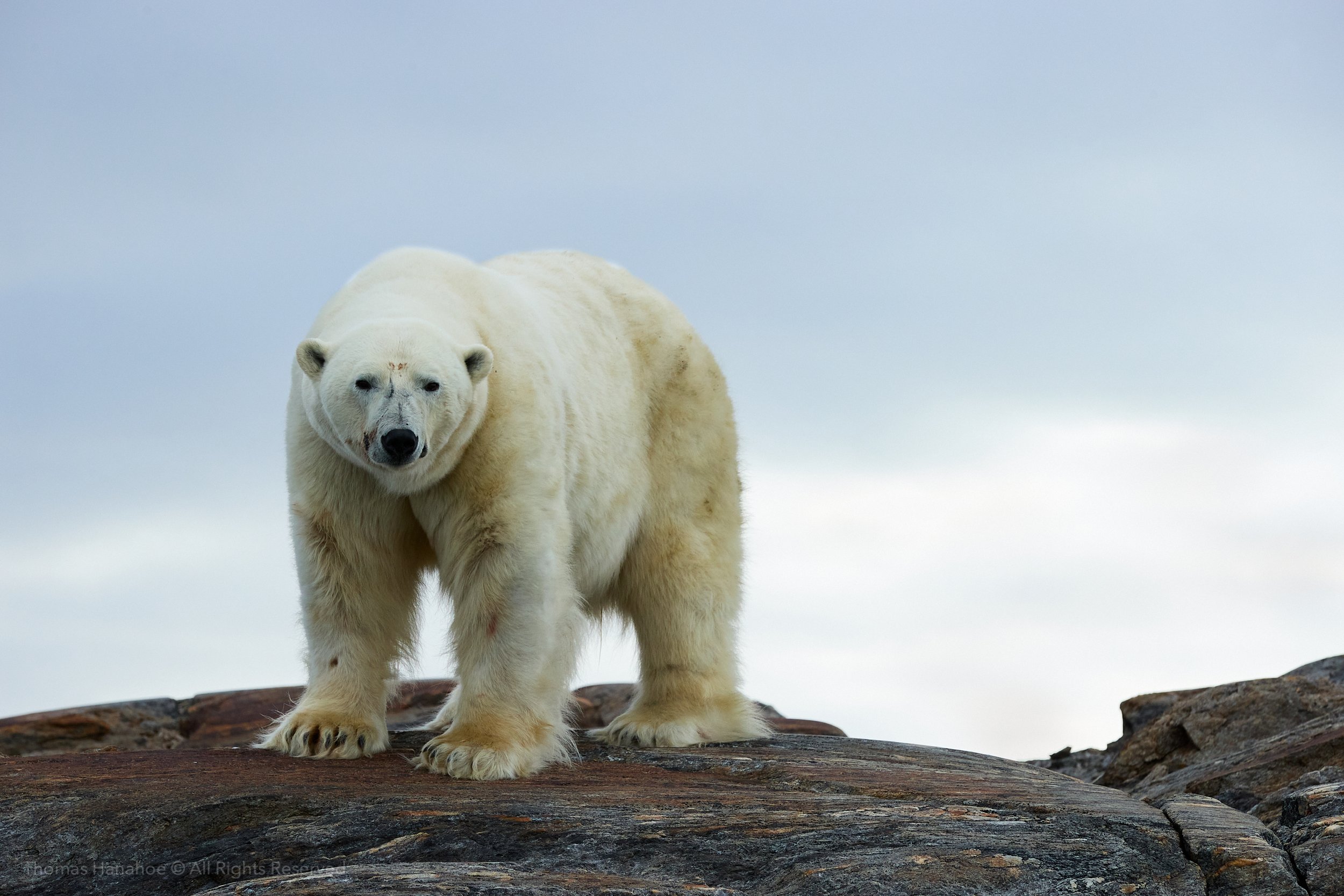Svalbard 2
A visit to Svalbard in 2018 (Svalbard Blog) was fabulous and unfortunately a much anticipated return to the Arctic was delayed by the covid pandemic. When international flights again became available I booked a second trip for July 2022, this time with the Norwegian company WildPhoto on the refurbished icebreaker boat MS Virgo which accommodates up to twelve passengers. Despite the SAS airline pilots’ strike I arrived on the due date in the town of Longyearbyen in Svalbard and photographs of this frontier outpost taken from the aeroplane window and of MS Virgo anchored in a fjord in north east Svalbard are shown below.
In July 2018 the Wahlenbergenfjorden in north east Svalbard was completely covered with thick sea-ice but in July 2022 there was little or no sea- ice in the fjord. In consequence we decided to head north in MS Virgo and the found sea-ice, including large pieces of blue glacier ice, about 100 miles north of Svalbard. And although there were polar bears in the sea-ice, without a land mass it was difficult to locate them in goodly numbers and we decided to return south back to Svalbard. Whereas some bears had travelled north with the ice others had opted to stay on Svalbard and in light of this the numbers of bears on Svalbard in July 2022 were reduced compared to those encountered in July 2018.
It was evidently clear that the arctic glaciers are melting rapidly. Often they emitted deep rumbling sounds like loud thunder, frequently followed by massive pieces of ice falling from the face of the glacier into the ocean and creating huge waves. A photograph, taken from a zodiac skiff launched from MS Virgo shows this action taking place (click the photo to see the full portrait mode picture).
Birds such as Brunnich’s guillemots were widespread and particularly so on the bird cliffs of Alkerfjellet where they congregate in the tens of thousands. Also black guillemots with their beautiful red legs, Arctic Skuas and arctic terns as well as kittiwakes and glaucous gulls were all abundant.
Charismatic arctic foxes entertained us as they scrambled over rocks and mountainside. Large colonies of walruses, hauled out of the ocean onto rocks exposed at low tide were great to see and of course the polar bears were as curious as ever, always coming to check us out as we approached.
Again it was a first class experience. it was wonderful to be back in the Arctic with great guides and crew accompanied by twenty-four hour daylight, the polar bears, soft light, and wonderful photographic opportunities.
For how long this remains the case will depend significantly on the consequences of global warming.



















